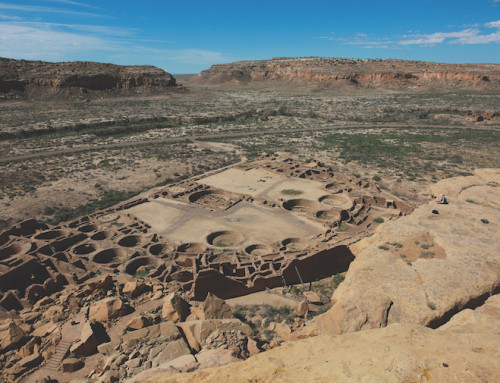TALLAHASSEE, Fla. (AP) — North Florida’s Apalachicola Bay will reopen for wild oyster harvesting, a move that supporters hope will breathe life into one of the last historic working waterfronts in a state where much of the picturesque coastline long has given way to high-rise condos and strip mall souvenir shops.
The Florida Fish and Wildlife Conservation Commission approved the plan to reopen the bay for a limited oyster season on Jan. 1, 2026, five years after the waters that had been nationally known for the sweet, plump shellfish were closed because of dwindling populations.
The closure of the bay along what is known as Florida’s “Forgotten Coast” dealt a blow to an area that historically produced 90 percent of the state’s oysters and 10 percent of the nation’s supply.
Apalachicola oysters were iconic, comparable to Maine lobster and Maryland blue crabs, and their loss marked another sign that a way of life for generations of commercial fishermen is disappearing along with their harvest.
The once-booming oyster industry is part of the lifeblood of the town of Apalachicola, which in the 1800s became the third-largest port on the Gulf of Mexico, trailing only New Orleans and Mobile, Ala.
Many oystermen haven’t adjusted well to being forced off the water and into “land jobs” such as construction and landscaping, said Wayne Williams, president of the area’s Seafood Work & Watermen’s Association.
“You go from a boat captain to cutting somebody’s grass. You know, that’s a pretty big change,” Williams said.
Around the world, fish and shellfish populations have dwindled to dangerously low levels, as one of society’s oldest occupations faces warming seas, global appetites and overfishing.
Over the years, waves of drought and the water demands of metro Atlanta and farmers upstream have sapped the Apalachicola River and the bay it flows into, sparking a protracted legal fight known as the “water wars” that went all the way to the U.S. Supreme Court, which ultimately sided with Georgia.
The decreased freshwater flows, as well as predation, overharvesting, habitat loss and hurricanes, ultimately pushed Apalachicola oyster production into free-fall, spurred the federal government to declare a fishery disaster in 2013, and triggered the full closure of the bay in 2020.
Now, state regulators say populations have recovered enough to allow a limited reopening of a small portion of the bay for commercial and recreational harvesting, with rules set for the number and size of oysters that can be taken and from which reefs. The initial season will run from Jan. 1 through Feb. 28, with the following seasons running each Oct. 1 through Feb. 28.
According to a Fish and Wildlife Conservation analysis, just 500 acres of suitable potential oyster habitat remain in the bay, down from the estimated 10,000 acres that existed historically, representing a 95 percent decline.








